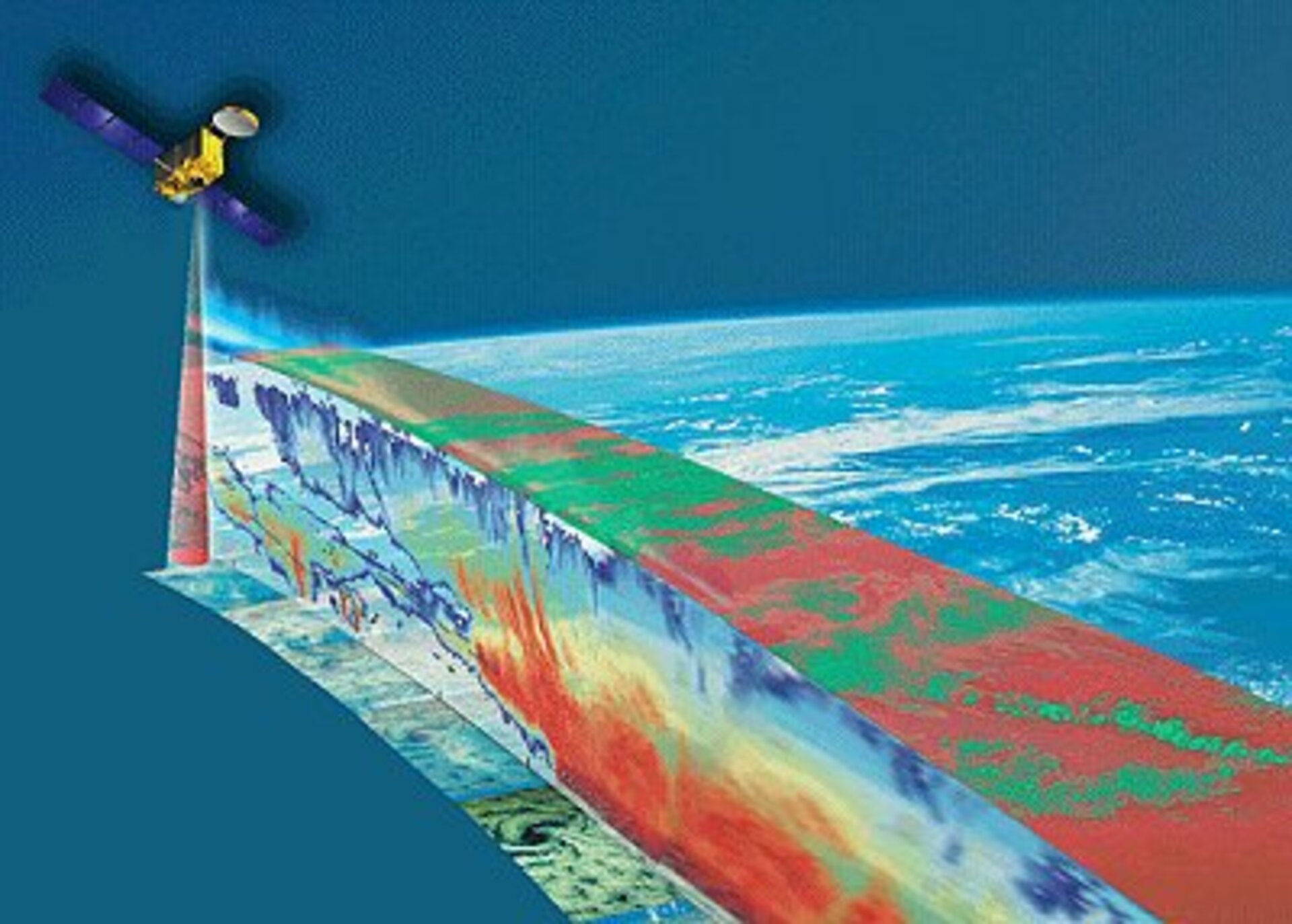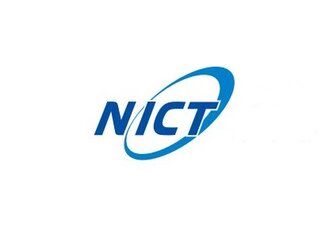A plan of action for EarthCARE
Last week, key scientists working on the Earth Clouds Aerosols and Radiation Explorer (EarthCARE) mission met at ESA-ESTEC in the Netherlands to discuss a Plan of Action for extended pre-development activities for this most recently approved mission in the Earth Explorer fleet.
This is an exciting stage in the development of the mission and follows the confirmation that the Japanese Space Agency (JAXA) and the Japanese National Institute of Information and Communications Technology (NICT) will provide the funds for the requisite studies for the coming two years.

Since November last year, implementation of the EarthCARE mission had been put on hold pending commitment from Japan. However, in April, ESA received the confirmation from JAXA and NICT assuring interest in the mission and committing funds for extended Phase-A pre-development activities. The studies will be complemented by scientific studies focusing on the synergistic exploitation of EarthCARE observations. The meeting held last week marks an important milestone, as now crucial discussions get underway to formulate the appropriate course of action.
EarthCARE responds to the need to provide a complete as possible picture of the three-dimensional spatial and temporal structure of the radiative flux field at the top of the atmosphere (TOA), within the atmosphere and at the Earth's surface. The aim of the EarthCARE mission is to improve the representation and understanding of the Earth's radiative fluxes in climate and numerical weather forecast models by acquiring vertical profiles of clouds and aerosols, as well as the radiances at the top of the atmosphere.

Clouds are a key feature of the weather and play a vital role in both the global hydrological cycle and energy budget. Despite their importance there are still large deficiencies in the representation of clouds, aerosols and radiative transfer in atmospheric models and these are the source of large uncertainties in predicting climate change.
The EarthCARE mission payload comprises a Backscatter Lidar, a Cloud Profiling Radar, a Multi-Spectral Imager and a Broadband Radiometer for cloud and aerosol characterizations and radiation measurements.
EarthCARE is the sixth Earth Explorer mission and due for launch in 2012.






